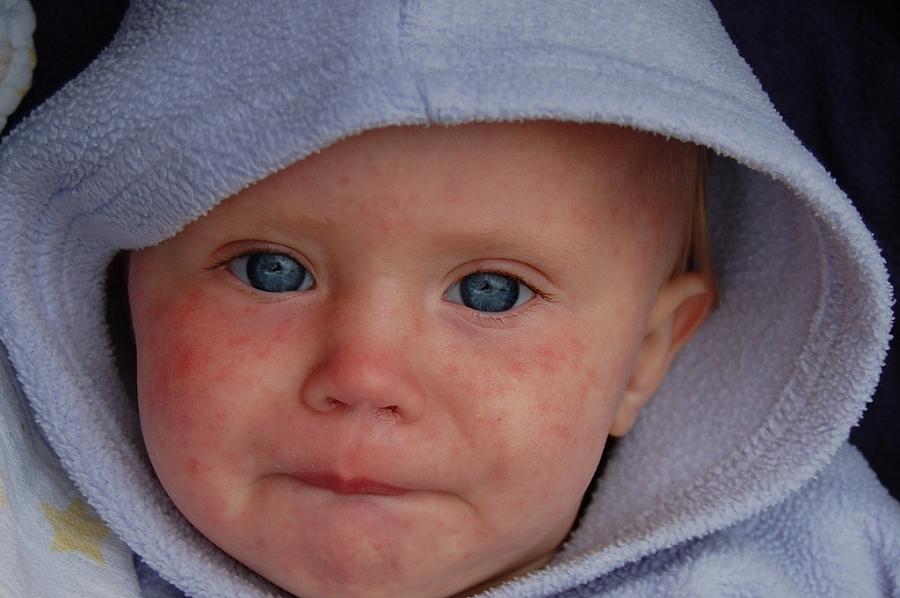Once ‘Eliminated’ in U.S., Measles Makes a Comeback

Everything old is new again, at least in the case of measles. From California to New York City, measles has been in the news far more than anyone could have guessed a decade ago.
California remains the biggest hotspot. According to the most recent numbers released by the California Department of Public Health, there are 56 cases of measles so far this year, compared with four cases by this time last year.
By the start of the last decade, the United States seemed triumphant in its battle against measles. The CDC cites 2000 as the year that the U.S. effectively “eliminated” the highly contagious virus, even though a trickle of foreign travelers continued to bring home a cases, with a median of 60 cases throughout the 2000s.
Then in 2011, an uptick appeared, with the CDC reporting 222 measles cases in the year. The vast majority involved patients who hadn’t had the recommended measles, mumps and rubella vaccine (MMR). Measles cases dipped to 55 in 2012 before they rose again in 2013, when 189 were reported. Again, the infections were largely blamed on travelers returning home with the virus and spreading it to others.
Measles, an extremely contagious disease that causes fever, cough, runny nose, red and watery eyes and blotchy rashes, can have potentially serious complications, including ear infections, pneumonia, brain inflammation, miscarriage and even death.
Fast forward to 2014. California is seeing a disconcertingly high number of measles infections this year. And of the state’s 56 reported cases, one county has more than a third of them.
While Orange County had been averaging one or two cases of measles a year, mostly associated with foreign travel, the county has had 22 cases so far this year. About a quarter have required hospitalization. Health officials say people are catching the virus locally.
The Orange County Register recently published a fascinating graphic that mapped the geography of the “personal belief” vaccine exemptions granted to certain kindergarten students throughout the county. California law requires schoolchildren be vaccinated, but parents are allowed to sign a form that exempts their child. Critics say it makes exemptions too easy to obtain.
(Some parents have decided to withhold their children from vaccinations due to fears that the MMR vaccine is linked to autism, although there is no scientific basis to such claims. The vaccine, recommended first at 12 to 15 months and then again at 4 to 6 years, is highly effective, causing measles antibodies to develop in more than 99 percent of those who get both shots, according to the CDC.)
In Orange County, the areas with the highest immunization exemption rates are concentrated along the coast in the wealthiest communities — nearly 12 percent of kindergarteners living within the boundaries of Laguna Beach’s school district had waivers in 2012. Or as Dr. David Nunez told the Register, “The families who refuse are highly educated and from a higher socioeconomic group. They also tend to be white.”
By comparison, in poorer, largely immigrant communities in areas such as Anaheim in northern Orange County, kids with immunization waivers are exceedingly rare.
According to one mother in the Orange County community of Ladera Ranch, the measles outbreak has even pitted moms against each other. In the wake of an email blast from the local elementary announcing a measles case, there “came some pretty harsh finger-pointing, particularly at the parents who have chosen not to immunize their children,” the mom wrote in a recent op-ed.
“This dramatic jump in the number of measles cases is a reminder to get fully vaccinated,” said Dr. Ron Chapman, director of the California Department of Public Health, in a recent statement. “Being fully vaccinated against measles does more than just protect the person who receives the vaccination — it also protects their family and friends, including children who may be too young to be vaccinated.”
The battle to further boost kids’ immunizations rates has been a difficult one. A new health report on San Diego County found the county’s immunization rate stuck at 81 percent, the rate essentially unchanged from 2002. The county is now looking for news ways to up that percentage. Nick Macchione, director of the county’s Health and Human Services Agency, recently told the county’s board of supervisors, “We have to win the hearts and minds of parents.”
That battle will continue. But researchers are also working on treatment options that could help kids who are already sick and past the point of vaccines.
Earlier this week, news broke of a new oral antiviral medication that researchers say shows early promise in curbing infections of a measles-type disease in ferrets. The drug is years away from human trials.
Even if such a drug proves viable, Richard Plemper, the study author and a professor at the Institute for Biomedical Sciences at Georgia State University, made it clear in an interview with Scientific American that vaccination is still the best front-line defense.
Photo by Dave Haygarth via Flickr.
